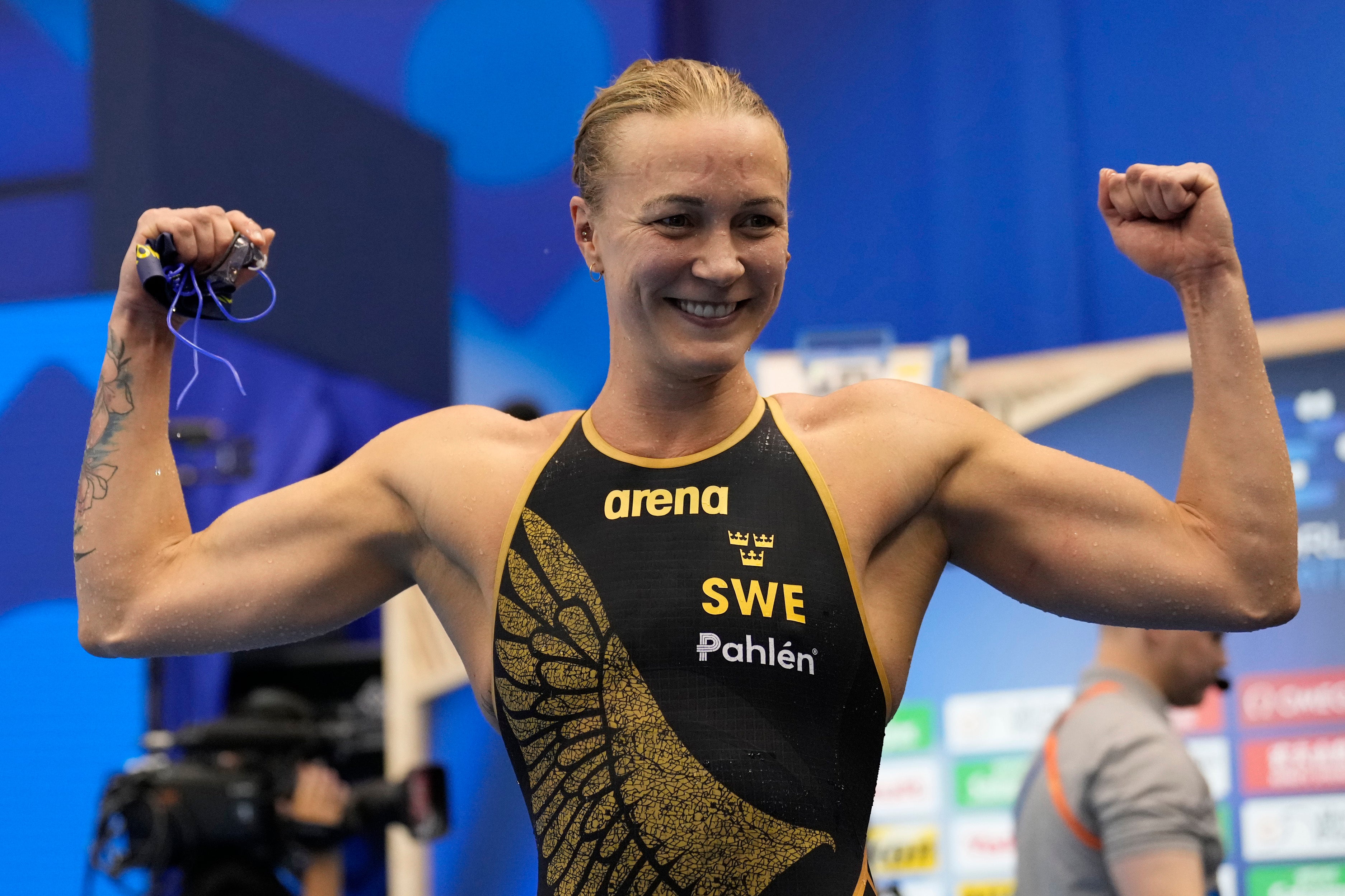
Introduction:
Olympic swimming sensation Sarah Sjöström made waves recently by announcing her decision to delay her competitive swimming return until 2025, sending shockwaves through the swimming community. This news raises important questions about the complexities surrounding athletes' mental and physical health, training plans, and Olympic aspirations.
Reasons for Delay:
Sjöström cited several reasons for her decision. Firstly, she emphasized the need to prioritize her mental well-being, stating that she had experienced "burnout and anxiety" during the Tokyo Olympics. Secondly, she highlighted the importance of physical recovery, acknowledging that her body had endured significant strain from years of intense training. She also expressed a desire to explore new challenges and gain new experiences outside of swimming.
Implications for Training and Competition:
Sjöström's decision will impact her training and competition schedule. She will continue to train but with a reduced intensity and focus on maintaining fitness. She plans to return to competitive swimming in 2025 to prepare for the Paris Olympics. This extended break could provide her with sufficient time to recover, refresh, and rekindle her passion for the sport.
Reactions from the Swimming Community:
The swimming community has reacted with mixed emotions to Sjöström's decision. Some have expressed support and understanding, acknowledging the importance of athlete well-being. Others have expressed concern, wondering if the long break could hinder her chances of medaling in Paris. Experts emphasize that it is difficult to predict how the delay will impact her performance, as it will depend on various factors, including her physical and mental state upon her return.
Perspective on Athlete Mental Health:
Sjöström's decision highlights the growing awareness of athlete mental health. The intense pressure and expectations placed on elite athletes can take a significant toll. By prioritizing her well-being, Sjöström sets a positive example for others, demonstrating that it is acceptable to seek help and take breaks when necessary.
Impact on the Olympics and Beyond:
Sjöström's absence from competition will undoubtedly be felt at the upcoming Paris Olympics. She is a formidable competitor who has consistently medaled in previous Games. However, her decision could also send a message to other athletes, encouraging them to prioritize their health and well-being over short-term performance goals. It could also lead to a broader discussion about the sustainability of high-performance sports.
Conclusion:
Sarah Sjöström's decision to delay her competitive swimming return until 2025 is a complex one with several ramifications. It reflects the importance of athlete well-being, highlights the challenges of balancing mental and physical health with Olympic aspirations, and raises questions about the sustainability of high-performance sports. While Sjöström's return in 2025 may not yield the same level of success she achieved before, her decision should be respected and seen as a positive step towards prioritizing athlete welfare.